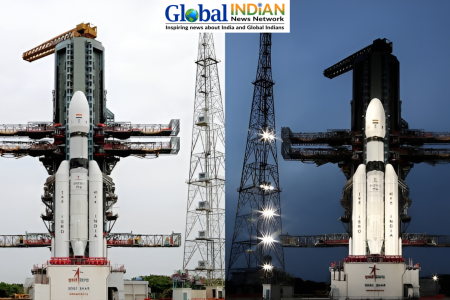
Last year witnessed the emergence of an ambitious coalition among more than two dozen opposition parties in India, uniting with the aim of challenging Narendra Modi, one of the nation’s most popular prime ministers in recent memory. However, as the national election draws nearer, this broad alliance finds itself fracturing under the weight of ideological discord and internal conflicts.
Known as the INDIA alliance, this coalition, conceived to dislodge Modi’s Bharatiya Janata Party (BJP) from power, is now in disarray, plagued by political rivalries, defections, and ideological divergences. The Indian National Congress, traditionally dominant in Indian politics, leads this unity front, comprising numerous regional parties that often compete directly with each other in various states. Yet, as the election looms closer, these differences have only deepened, bolstering Modi’s prospects of securing a third consecutive term.
Analysts observe that discussions regarding seat allocation within the alliance have stalled, primarily due to the Congress party’s insistence on fielding candidates across a majority of constituencies, even in regions where its influence is minimal. Consequently, key partners of the alliance in states like West Bengal and Punjab have announced their intent to contest independently, further fragmenting the opposition’s efforts.
India’s electoral system, based on a first-past-the-post multiparty framework, rewards the candidate with the highest number of votes in each constituency. In the 2019 elections, although Modi’s party secured only 37% of the popular vote, it won an overwhelming 303 out of 543 seats in the Lok Sabha, the lower house of Parliament. To counteract this electoral advantage, the opposition aims to consolidate votes by fielding single primary candidates against the BJP across constituencies.
Amidst these challenges, the unexpected defection of Nitish Kumar, the chief minister of Bihar and a key architect of the INDIA alliance, to the BJP, has dealt a severe blow to opposition morale. Modi’s party has adeptly exploited divisions within the opposition, strategically engineering defections and weakening its adversaries from within.
Despite acknowledging setbacks, opposition leaders decry what they perceive as a targeted campaign against them by government agencies, alleging political vendettas and a departure from democratic norms. They point to a series of raids, arrests, and investigations against alliance members, contrasting the treatment with that of ruling party members who seem immune to similar scrutiny.
As the political landscape evolves, questions arise about the opposition’s failure to effectively capitalize on key issues such as rising unemployment and economic discontentment among India’s vast electorate. While the economy continues to expand, joblessness remains a pressing concern, underscoring the disconnect between the opposition’s messaging and the electorate’s priorities.
In this charged political climate, with Modi’s popularity seemingly undiminished and the opposition struggling to coalesce around a unified strategy, the prospect of a third term for the incumbent appears increasingly likely, barring a significant upheaval over economic grievances.













